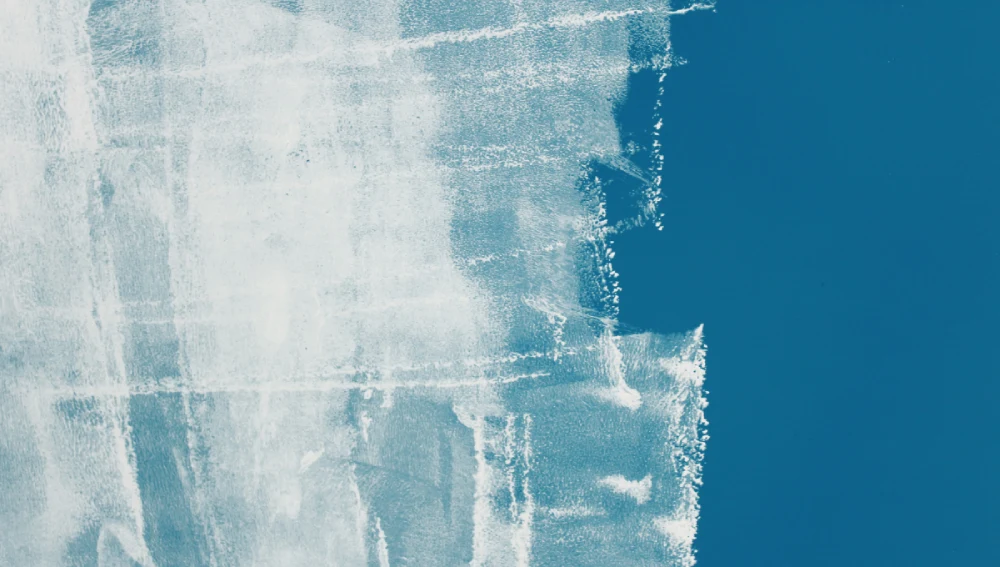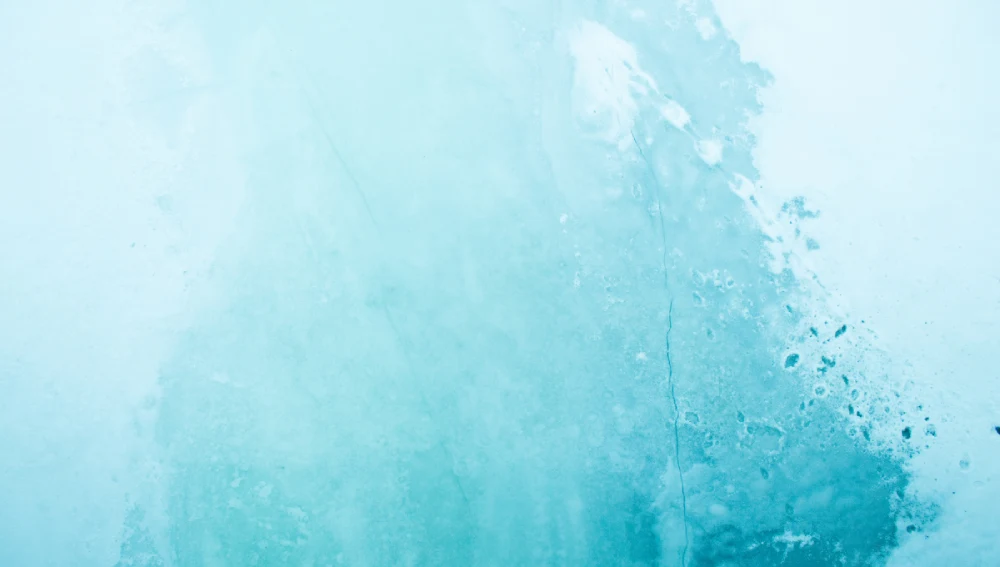Among the many materials that are used to protect and preserve your wall surfaces, primer and paint are the most important. Both priming and painting are essential steps that are necessary to protect your wall surfaces from external factors and enhance their overall appearance.
However, several people are confused about what primer and paint are. So, in this article, we will look into both primer and paint in detail and clear all doubts regarding these two and their purpose in construction.
What is a Primer?

A primer prepares the surface for paint. It is like a preparatory undercoat that covers the wall, helping the paint adhere better and increasing the paint’s life.
A primer can be applied to both old and new wall surfaces. It is usually applied after putty to ensure an even and dry surface. A 9-inch roller is commonly used to apply primer evenly across larger areas, while a brush is typically used for cutting in corners and spot priming.
Purpose of Primer
A primer is a very useful material in construction, especially if you wish to get that glossy, sleek finish after you paint. You can get the best results if you apply the primer on your wall correctly.
Below is why a primer is important before painting.
- It can increase paint adhesion and help it bind strongly to the wall surface.
- It can increase paint life and protect it from peeling or flaking.
- It can cover imperfections in the surface, like holes, dents, etc., and provide an even surface for painting.
- It leaves off a bright white colour. Painting on it can help the true colour of your paint shine through.
- It can prevent stains from bleeding through the paint. This can be useful in places like kitchens and bathrooms.
- Sand the surface after the primer to prepare the surface for painting.
What is Paint?

Paint is a pigmented liquid. It is applied over the surface of a building as a final finish to enhance its beauty. It coats the surface and protects it from external elements like wind, water, dust, and Sun rays. There are innumerable colours and patterns that you can choose from.
Primer Vs. Paint
Below is the table depicting the difference between a primer and paint.
| Primer | Paint |
| It is a preparatory base coat that is applied on the surface before painting. | It is used as a final finish that protects the wall surface while serving a decorative purpose. |
| It is a bonding agent between the surface and the paint, allowing it to bond better with the surface. | It enhances the visual appeal of the wall surface by adding colour and shine to it. |
| It consists of a synthetic resin, solvent, and an additive agent. | It consists of pigment, solvent, and binder. |
| It does not have any pigment (colour). It gives off a bright white finish. | It has pigments. There are thousands of colour choices one can choose from when painting their surface. |
Types of Paints and Their Uses
Paints are water-based or oil-based.
- Water-Based Paints:
- Latex paint
- Acrylic paint
- Oil-Based Paints:
- Alkyd paint
- Enamel paint
1. Water-Based Paints:
Latex Paint
It is a high-quality water-based paint. It is used for indoor paint jobs. It dries fast and can be cleaned with soap and water. It is less durable. So it is suitable for areas of less damage, like walls and ceilings.
Acrylic Paint
It is a water-based paint with the same composition as latex paint. The paint has more acrylic polymers. This makes it more durable and is a good option for usable surfaces like cabinets.
2. Oil-Based Paints:
Alkyd Paint
Alkyd paint is a widely used coating that comprises alkyd resin as its base. It is characterised by durability, a strong odor, and specific application properties. It is suitable for various surfaces, including furniture, doors, and more.
Enamel Paint
It is an oil based paint that is more durable and long-lasting It is commonly used in exterior surfaces but can also be used in interior works.
Purpose of Paint
Paint is the best final finish you can give your surface. It protects your wall while adding to its visual appeal. This presents a mutually beneficial scenario. Below are some notable benefits of painting your surface.
- You can choose from different colour paints. It can add colour, shine, and texture to your surface.
- It is a final finish that protects your surface from wind, dust, water, and UV rays.
- A high-quality paint lasts longer and protects the surface from damage.
- Some paints are antimicrobial. It can protect the surface from viruses, bacteria, and other germs.
Paint is used for both performance and decoration. Choosing a high-quality, long-lasting paint can give you the aesthetics and protection you look for in a paint.
Conclusion
Primer and paint have their roles in protecting your surface and enhancing its look. So, whether it is an old building or a new one, always apply a coat of primer before painting it.
Ensure you select reputable brands to buy primer and paint. Do your research and ensure you get the best quality primer and paint for your surface.
FAQs
PPIO, or Primer and Paint In One combines both primer and paint. You don’t need to prime your surface first and then paint. With a PPIO, you can directly paint after applying putty.
A primer is a base coat that is applied on the surface before painting. Paint is a final finish top coat that protects the wall surface while serving a decorative purpose.
These products can be convenient, but they may not offer the same benefits as traditional primers in certain situations, especially with tough surfaces.

